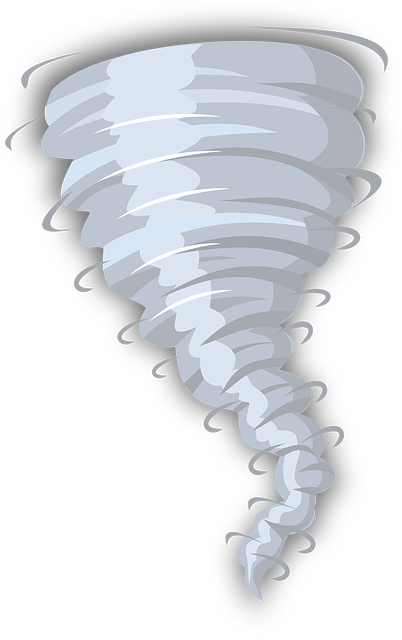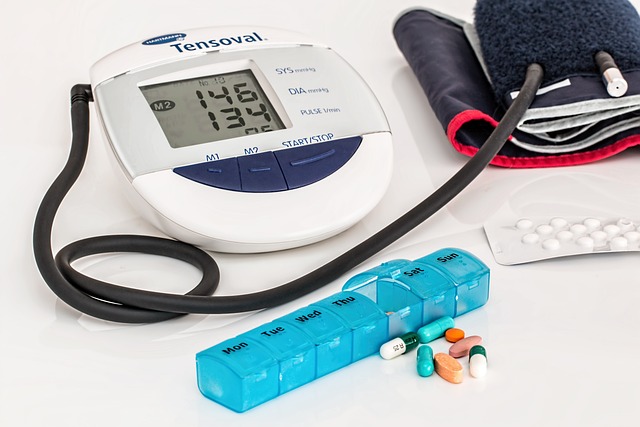Hard water, characterized by high calcium and magnesium levels, is a primary cause of low water pressure in homes. It leads to scale buildup in pipes, restricting water flow and reducing pressure, which can be noticed through slow faucet or showerhead flows, inconsistent pressure between rooms, and unusual plumbing noises. To combat this issue, regularly flush pipes, install water softeners, and conduct professional plumbing inspections to restore optimal water pressure and ensure robust daily water use.
- Understanding Hard Water and Its Impact on Plumbing
- Identifying Signs of Low Water Pressure in Your Home
- Effective Solutions to Restore Optimal Water Flow
Understanding Hard Water and Its Impact on Plumbing

Hard water, a common issue in many households and commercial spaces, is characterized by the high mineral content, primarily calcium and magnesium. These minerals build up over time inside pipes, fixtures, and appliances, leading to reduced water flow. Understanding hard water and its impact on plumbing is crucial when addressing causes of low water pressure.
The constant accumulation of these minerals creates a thick, gum-like substance known as scale. Scale buildup narrows the pipes, restricting water flow and reducing pressure throughout your plumbing system. This not only affects your daily activities, such as taking a shower or running an appliance, but can also lead to premature wear and tear on your plumbing components, potentially causing leaks and requiring costly repairs.
Identifying Signs of Low Water Pressure in Your Home

Low water pressure can be a subtle issue, often going unnoticed until it becomes significant. However, there are several signs that your home might be experiencing reduced water flow. One of the first things to observe is the performance of your faucets and showerheads. If you notice that water emerges slowly or with reduced force, it could indicate a buildup of minerals or debris in your pipes, commonly known as hard water. Another common symptom includes inconsistent pressure throughout your home; for instance, the water pressure in your bathroom might differ from that in your kitchen.
Additionally, take note of any unusual noises coming from plumbing fixtures or pipes. While normal plumbing sounds are expected, a sudden and unexplained change could point to a blockage or restriction caused by hard water buildup. If you’ve ruled out these causes of low water pressure, further investigation may be required, especially if the issue persists.
Effective Solutions to Restore Optimal Water Flow

Hard water buildup is a common issue that can significantly impact your home’s plumbing system and lead to reduced water pressure. Over time, minerals like calcium and magnesium accumulate in pipes, fixtures, and appliances, causing clogs and restricting water flow. This not only affects your shower or faucet’s performance but can also be a significant cause of low water pressure throughout your entire home.
To restore optimal water flow, consider these effective solutions: regular flushing and maintenance to clear out mineral deposits; using water softeners to reduce the hardness of your water; and scheduling professional plumbing inspections to identify and address any blockages or leaks promptly. By tackling hard water buildup head-on, you can ensure that your home’s water pressure returns to its maximum potential, providing you with a consistent and robust water flow for all your daily needs.
Hard water buildup is a silent culprit behind low water pressure in homes. Understanding its impact and identifying signs early on are crucial steps. By implementing effective solutions, such as water softening systems or regular flushing, you can restore optimal water flow and prevent further slowdown. Addressing this issue ensures your plumbing system operates efficiently, providing the necessary pressure for everyday tasks. Remember, preventing hard water buildup is key to avoiding potential causes of low water pressure and maintaining a healthy home environment.
